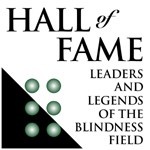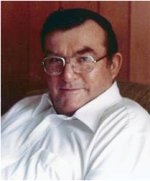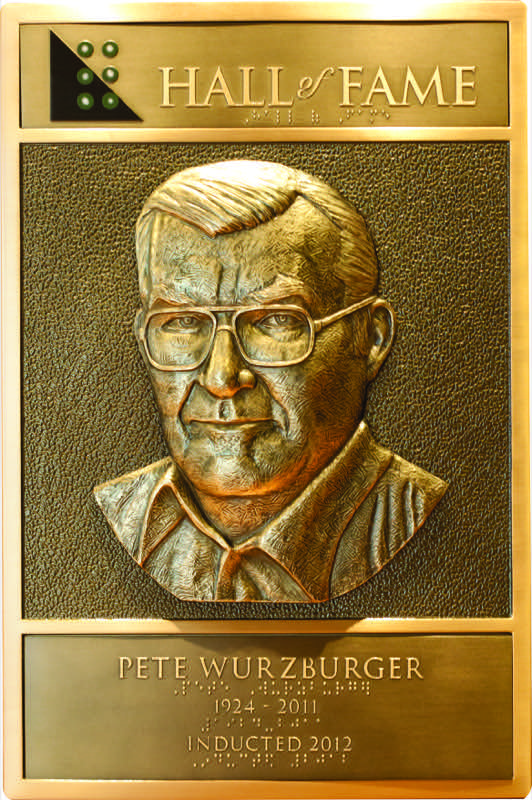Pete Wurzburger
Inducted 2012
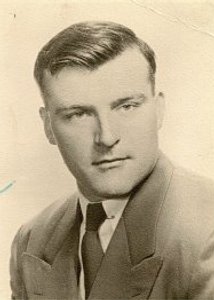
Berdell "Pete" Wurzburger (1924 – 2011) grew up in the small farming community of Sibley, Illinois, population 350. As a typical small town youth, he specialized in riding his "Silver King" bicycle, swimming, fishing, and playing baseball and basketball during his leisure hours. During WWII, Pete served in the South Pacific as a torpedoman’s mate second class, following which he graduated from the University of Illinois in 1949 with a degree in Corrective Physical Therapy; he later went on to earn a Master of Arts Degree in the Education of the Exceptional Child from San Francisco State University (1963).
In 1946 Pete married Ina Mae Otto and together they had three children, Steve, Terry, and Kristie.
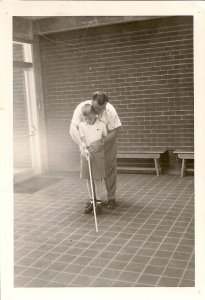
Pete was among the first O&M specialists in the world. While working as a correctional therapist in the Veteran’s Administration in Hines, Illinois, he was recruited to become an orientation & mobility (O&M) specialist, long before the days of university training programs. After working for several years at the Hines Veteran’s Administration Hospital with World War II and Korean War veterans, Pete moved to California in 1958 where he then worked as an O&M specialist at the Orientation Center for the Blind until 1963. In 1963 Pete began teaching O&M to school-aged children through a pilot program called the "Alameda County Project." In 1966, he began his long and illustrious career as the coordinator of the San Francisco State University Program in Orientation & Mobility, where he worked until his retirement in 1984.
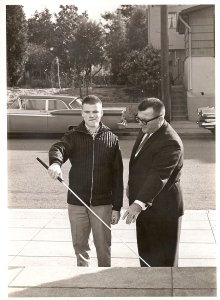
Pete’s professional contributions are legendary. He was a forerunner in the field of O&M since its beginning. Having initially honed his skills through work with blinded veterans, Pete continued on to bestow upon the field numerous groundbreaking innovations in the areas of O&M services, techniques, and teacher preparation. For example, Pete was:
- One of the first O&M specialists to serve children in the public schools. He was also among the first to advocate teaching O&M skills to preschool children and putting canes in children’s hands at an early age – a practice that was controversial at the time, but which is now commonplace. And, under Pete’s leadership, San Francisco State University was the first university to prepare O&M specialists to work with children as well as with adults.
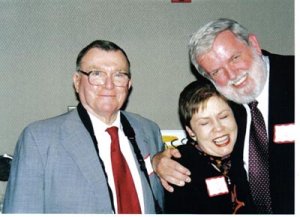 One of the first to work with students who have severe multiple disabilities. He taught O&M skills to students at Sonoma State Hospital (a developmental facility in Sonoma County, CA) from 1970–1980. Recognizing the need for O&M instruction to be provided to this population, he added preparation to work with students who have severe disabilities to the curriculum at SFSU, expanding the scope of O&M instruction.
One of the first to work with students who have severe multiple disabilities. He taught O&M skills to students at Sonoma State Hospital (a developmental facility in Sonoma County, CA) from 1970–1980. Recognizing the need for O&M instruction to be provided to this population, he added preparation to work with students who have severe disabilities to the curriculum at SFSU, expanding the scope of O&M instruction.
- First university professor to introduce low vision simulators to O&M students during mobility lessons on the street.
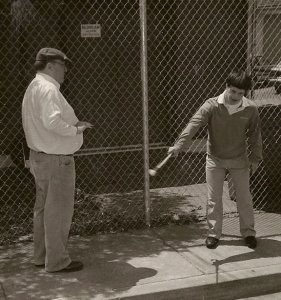 Invented the "marshmallow tip" which was designed to glide over cracks or other rough surfaces and thereby enhance the ease and efficiency of travel. While this revolutionary cane tip was originally designed to meet the needs of students who have multiple disabilities, it became the prototype for dozens of modified cane tips sold commercially that are used by travelers of all ages and travel abilities.
Invented the "marshmallow tip" which was designed to glide over cracks or other rough surfaces and thereby enhance the ease and efficiency of travel. While this revolutionary cane tip was originally designed to meet the needs of students who have multiple disabilities, it became the prototype for dozens of modified cane tips sold commercially that are used by travelers of all ages and travel abilities.
Even though Pete knew that he had come up with a groundbreaking product, he refused to patent his tip and reap the financial rewards that would have followed. He chose, instead, to give it freely to the O&M community. This spirit was one of the things that made Pete Wurzburger so special.
- Strongly supported professional organizations, first AAWB, then AERBVI. Pete was also a co-founder of the California Association of O&M Specialists (CAOMS). Since its beginning in 1966, this professional organization has grown to include hundreds of members and to be a strong voice of advocacy for O&M for children and adults, and a source of ongoing professional development for all of its members.
- Always a strong advocate for services, Pete supported and assisted with creation of the California Clinical Rehabilitative Services Credential in O&M in 1966.
 Always held a strong and committed belief in the capabilities of people who are blind. In 1978, Pete became the first university professor to accept a person who was blind into the O&M program. The field criticized him severely for doing so, but he acted with integrity and held firm to his moral standards. Now, students who are blind are commonly admitted to university O&M programs and are teaching in the field. Pete was, once again, ahead of his time and he set the standard to which the field eventually evolved.
Always held a strong and committed belief in the capabilities of people who are blind. In 1978, Pete became the first university professor to accept a person who was blind into the O&M program. The field criticized him severely for doing so, but he acted with integrity and held firm to his moral standards. Now, students who are blind are commonly admitted to university O&M programs and are teaching in the field. Pete was, once again, ahead of his time and he set the standard to which the field eventually evolved.
- Began the first "summers only" orientation and mobility certification program. He recognized that students who have families or full-time jobs may not be always able to commit to full-time participation in a university program. Also, recognizing that it was often not possible for rural areas to hire an O&M specialist to work with a small group of students, Pete made certain that students could become dually certified in both Teacher of the Visually Impaired (TVI) and O&M to be better able to meet both the O&M and TVI needs of students in rural communities.
- Brought professional preparation in orientation and mobility to places where it had not existed, including Texas Tech University in Lubbock, the University of British Columbia in Vancouver, British Columbia, and literally to all of the western provinces of Canada.
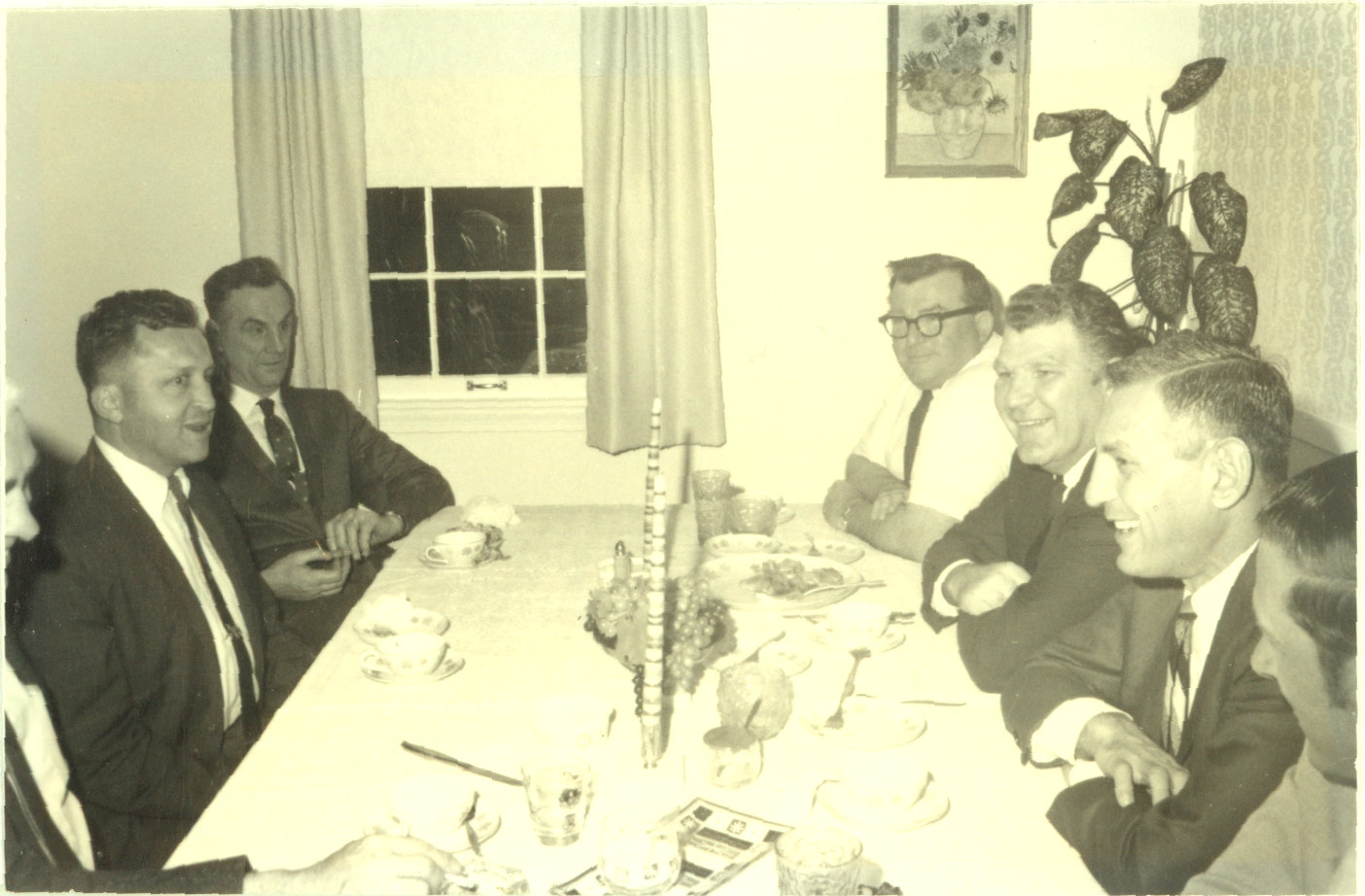
Pete was, without a doubt, a true leader in the field of O&M, receiving many of the major awards that the field offers:
- 1984 – Sandy Kolterman Award (Northern California Chapter of the Assn. for Education and Rehabilitation of the Blind and Visually Impaired)
- 1994 – Blaha Award (Assn. for Education and Rehabilitation of the Blind and Visually Impaired)
- 1994 – First recipient of the Berdell "Pete" Wurzburger Award (Northern California Chapter of the California Association of O&M Specialists)
- 2006 – Citizen Cane Award (Lighthouse for the Blind and Visually Impaired, San Francisco, CA)
- 2007 – Migel Medal (American Foundation for the Blind)
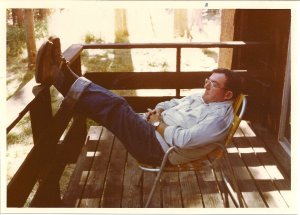
Pete impacted the field with his integrity, professionalism, and true concern for people. He was forward-thinking and courageous, introducing services and boldly stating philosophies that were unpopular at the time, but which have become the norm in the field today. He was a true role model for looking ahead to recognize and address unmet needs of people who have visual impairments.
Despite all of his professional contributions, it is the character of the man that people remember and cherish most about Pete. A quiet and gentle man, Pete was loved by all of his students. Even into his 80’s, Pete was still a mentor to many people in the field. It has been said of Pete that the most precious and salient aspect of his nature was to accept every human being as his equal. He never judged people, but rather accepted them as they are, found the good in them, and nurtured and supported them. Pete’s legacy in the field of O&M and in the hearts of those who knew him will live on forever.
Video and Photos
Berthold Lowenfeld: A Personal History. Interviewed by Pete Wurzburger and Phil Hatlen, 1988:
Photos: Pete Wurzburger in 1940s; Pete Wurzburger at the Orientation Center for the Blind in the late 1950s; Pete Wurzburger teaching O&M; Pete Wurzburger, Phil Hatlen, and Sally Mangold; Pete Wurzburger working with developmentally disabled student at Sonoma Development Center in the mid-1980s; Pete Wurzburger teaching O&M at SFSU in the early 1970s; First AAWB Div. 9 Certification Committee, 1968; Robert Whitstock, Russell Williams, Pete Wurzburger, and others; Pete Wurzburger in retirement.
